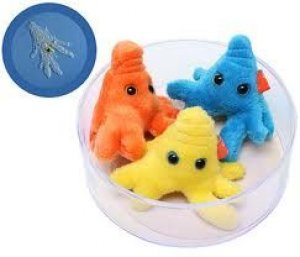
All iLive content is medically reviewed or fact checked to ensure as much factual accuracy as possible.
We have strict sourcing guidelines and only link to reputable media sites, academic research institutions and, whenever possible, medically peer reviewed studies. Note that the numbers in parentheses ([1], [2], etc.) are clickable links to these studies.
If you feel that any of our content is inaccurate, out-of-date, or otherwise questionable, please select it and press Ctrl + Enter.
Scientists have developed a "smart" petri dish that takes pictures of growing colonies
Last reviewed: 30.06.2025
 ">
">The familiar Petri dish has remained virtually unchanged since its introduction in 1877 by German bacteriologist Robert Koch and his assistant Julius Richard Petri, after whom the glass vessel was named.
The use of modern medical technologies has made it possible to greatly modernize the Petri dish, which will allow microbiologists to save many hours of time spent carefully examining growing material under a microscope.
Scientists have developed a new "smart" Petri dish that contains photosensors that will allow video recordings and photographs of growing microorganisms and cell colonies to be taken automatically.
"ePetri" completely frees scientists from the need to study the material under study under powerful optical microscopes, since the shooting of all processes occurring on "ePetri" covers the entire area of the glass vessel, and the resulting shooting resolution exceeds the resolution of an optical microscope. And the small dimensions of "ePetri" allow it to be used as an express analysis in mobile laboratories.
The camera's photosensor is located at the bottom of a transparent vessel containing the material being studied. The light source is a smartphone with a screen that has an LED backlight and is located on top of the container. Using a special smartphone application, the control computer can increase the brightness of the illumination of the area of interest down to one cell or microorganism. It also controls the operation of the incubator, which allows you to save samples of biomaterial and record the process of its growth over time.
The idea for developing "ePetri" belongs to Changwei Yang's team from the California Institute of Technology.
